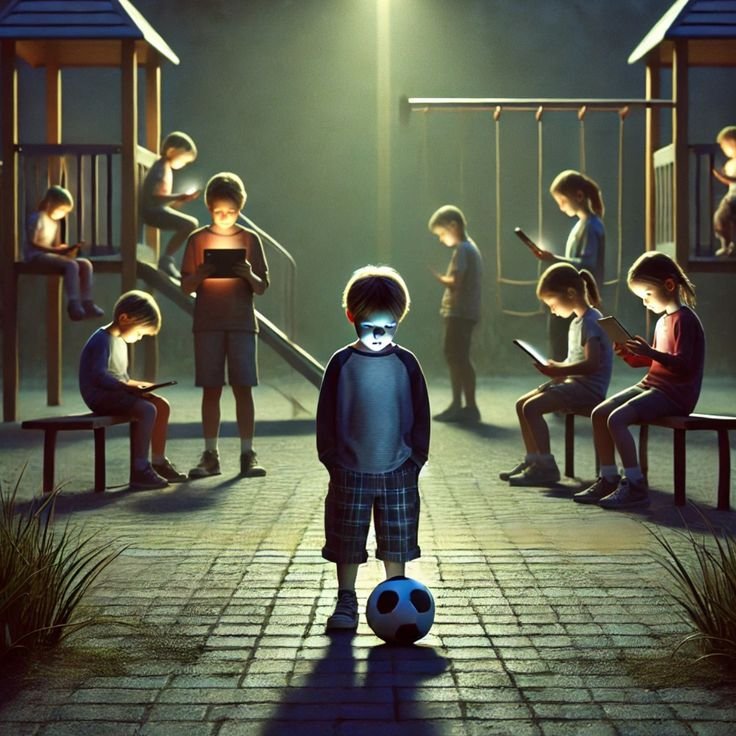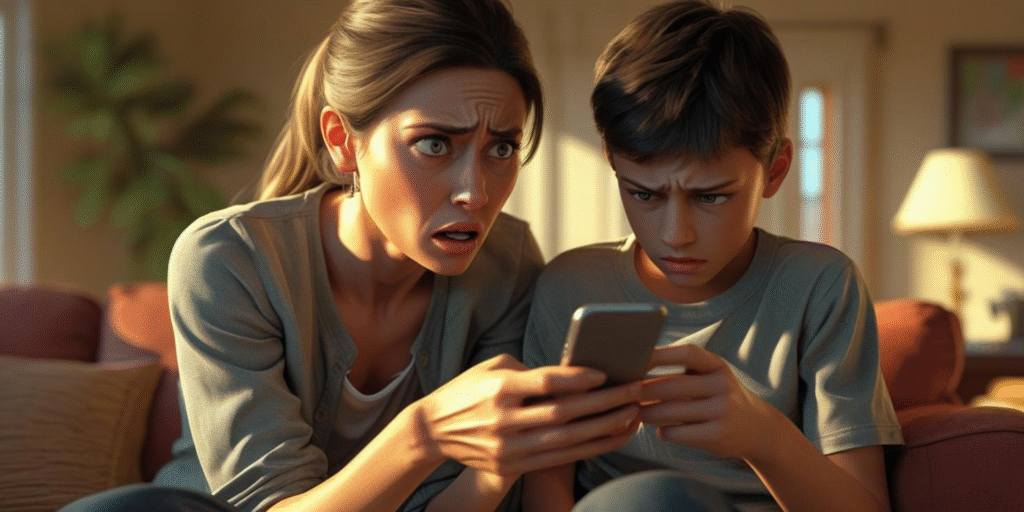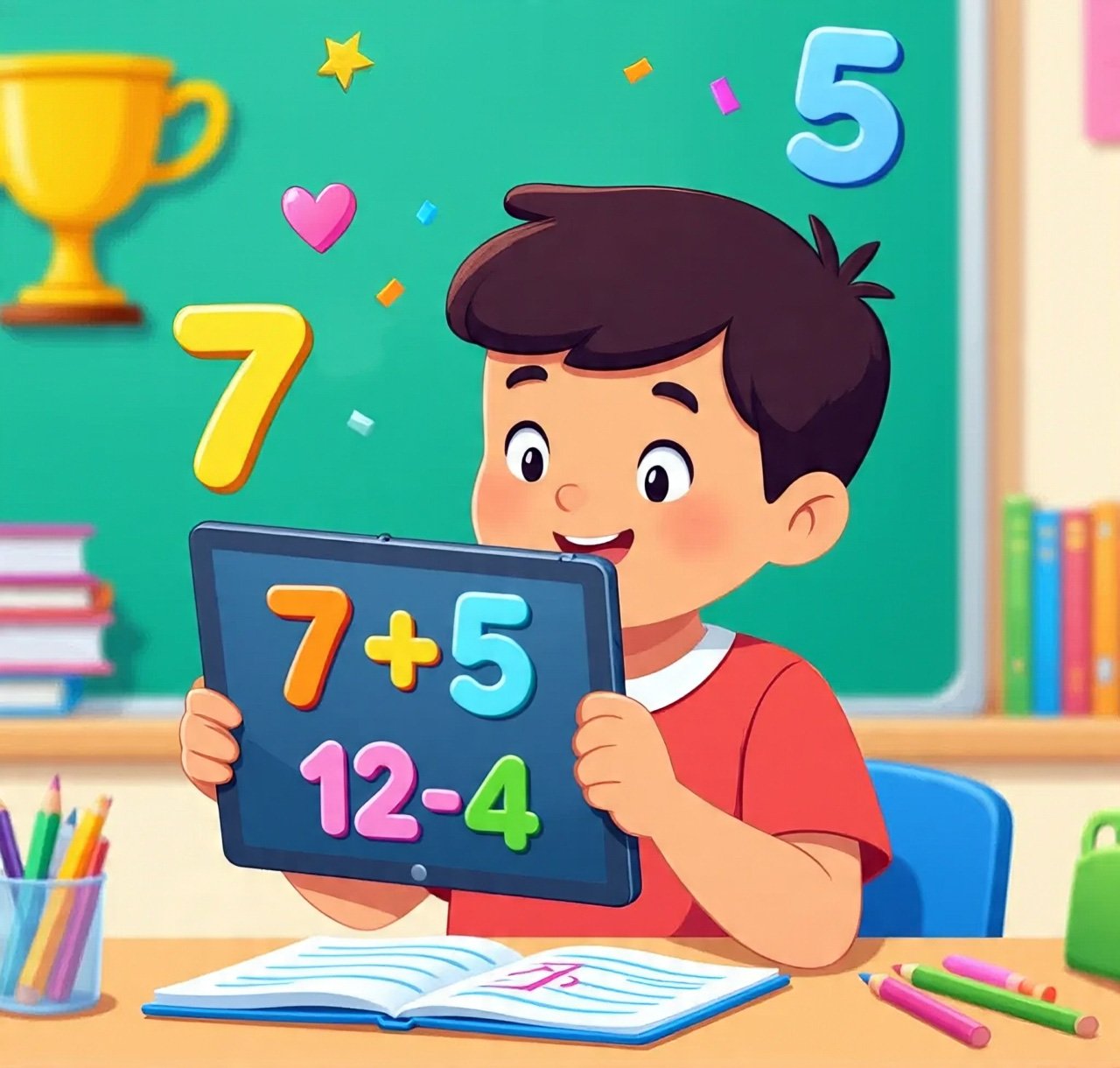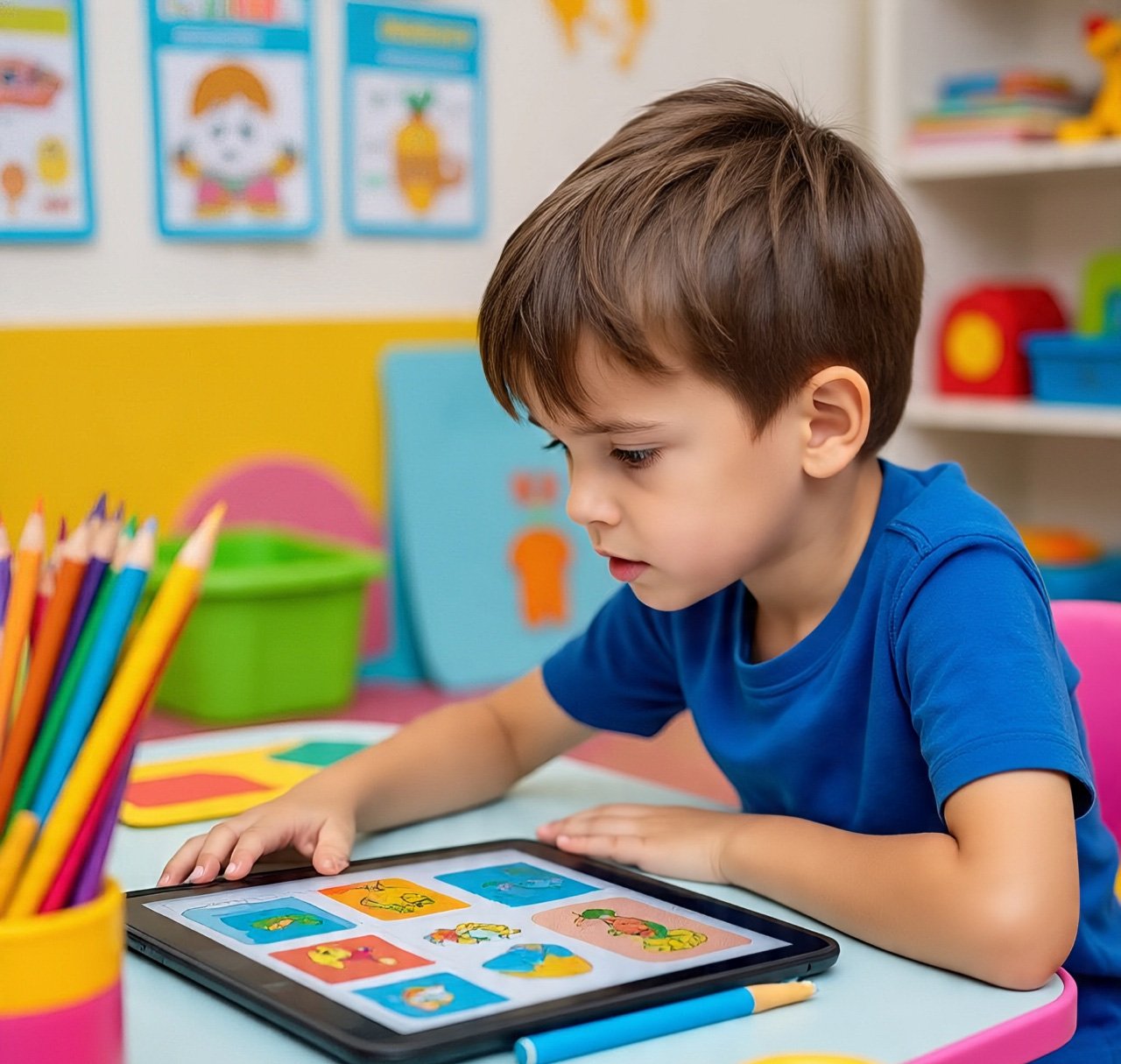Table of Contents
👶 It Started as Fun… Until It Wasn’t
Picture this: Your 10-year-old walks in from school, skips his snacks, drops his bag, and heads straight to the screen. Hours go by. It’s bedtime. You call his name — nothing. He’s completely lost in the game.
This is how gaming addiction in children quietly begins — and often, parents don’t notice until it’s too late.
He’s still gaming.
What started as “just a fun hobby” is now an obsession. You’re not alone. This is the new silent epidemic — gaming addiction in children — and it’s growing faster than many parents realize.
🎯 What This Blog Will Help You Understand

- What gaming addiction in children really looks like
- The psychological and physical effects of excessive gaming
- Why children are more vulnerable to digital dependency
- How to spot early warning signs
- Steps parents can take to prevent and manage gaming addiction
💡 What Exactly Is Gaming Addiction in Children?
Gaming addiction is more than just “playing too much.” According to the World Health Organization, it is classified as a mental health disorder when a child:
- Loses control over gaming time
- Prioritizes gaming over school, sleep, and real-life relationships
- Keeps playing despite negative consequences
It’s not about the hours — it’s about the impact.
📉 The Shocking Numbers You Can’t Ignore
- Over 8% of children globally show signs of gaming addiction
- Some children spend 6 to 12 hours a day gaming
- Studies show links between excessive gaming and anxiety, depression, and ADHD-like symptoms
🧠 Why Children Are More Vulnerable
Children’s brains are still developing. Their impulse control is weaker. Game developers know this — and they design games to be addictive.

- Instant rewards, flashy graphics, “leveling up” dopamine hits
- Online peer pressure — friends playing the same game
- Lack of outdoor activity and human connection due to urban lifestyles
⚠️ Warning Signs Every Parent Should Watch For
Look out for these red flags:
- ❌ Angry or irritable when asked to stop playing
- 😴 Fatigue, poor sleep, or dark circles under the eyes
- 📉 Drop in grades or skipping homework
- 🙅♂️ Withdrawing from family and friends
- 🍔 Skipping meals or eating while gaming
- ⏰ Lying about how much time they spend playing
Don’t wait until these signs turn into lifelong struggles.
🛠️ How to Break the Cycle (Without Breaking the Relationship)
Parents often swing between extremes — either ignore it or over-punish. But there’s a middle ground:

✅ 1. Start with Honest Conversations
Ask: “What do you love about this game?”
Listen. Don’t accuse. Understanding the emotional hook helps you guide them out.
✅ 2. Set Healthy Boundaries
- Use parental control apps to limit screen time
- Create tech-free zones (like bedrooms and dinner tables)
- Allow gaming only after responsibilities (homework, chores, meals) are done
✅ 3. Replace, Don’t Just Restrict
- Encourage sports, music, art, or reading
- Plan family outings or game nights
- Introduce offline hobbies your child can enjoy
✅ 4. Lead by Example
Your kids are watching. If you’re always on your phone, they will be too.
Put down your device, and they might too.
💬 Real-Life Story: “I Lost My Son to Fortnite”
Ravi, a 12-year-old from Mumbai, started playing Fortnite during lockdown. What began as fun slowly took over his life — missing school, skipping meals, lying to his parents.
It wasn’t until his teacher called home about failing grades that his parents took action. After seeking help, limiting screen time, and engaging him in cricket coaching, Ravi slowly returned to a balanced life.
You can turn things around — but you have to notice the signs early.
💬 Quick Tips for Parents
- Keep gaming devices in common areas
- Don’t use gaming as a reward or punishment
- Encourage open discussion instead of shaming
- Watch for changes in mood, sleep, or school performance
📱 Use the Right Tools to Support Healthy Habits
Managing gaming addiction in children isn’t just about saying “no.” It’s about guiding them toward balance — and that’s where technology can help in a good way.
If you’re looking for a smart, parent-friendly solution, try the Focus Fun app. It helps you monitor and control screen time, set healthy limits, and encourage more offline activities. Designed specifically for families, Focus Fun empowers parents to take back control — without daily arguments or power struggles.
-
Fun + Learning = Online Math Games That Make Kids Love Math!
Struggling with addition and subtraction? Discover how free online math games make learning fun and interactive for kids, boosting confidence, memory, and problem-solving skills.
-
Find the Picture for 1st Class: The Game That Exposes Hidden Learning Gaps
When a child keeps tapping the wrong picture, it’s not just a mistake it’s a message. Find the Picture reveals the silent struggles behind early learning: poor focus, delayed word-picture connection, and difficulty following instructions. This isn’t just a game it’s a window into your child’s mind.
-
Turn ABC into LOL: The Fun Way to Learn Class 1 English
Learning Class 1 English doesn’t have to be boring! Discover how fun, game-based methods can turn alphabets into laughter and screen time into learning.



